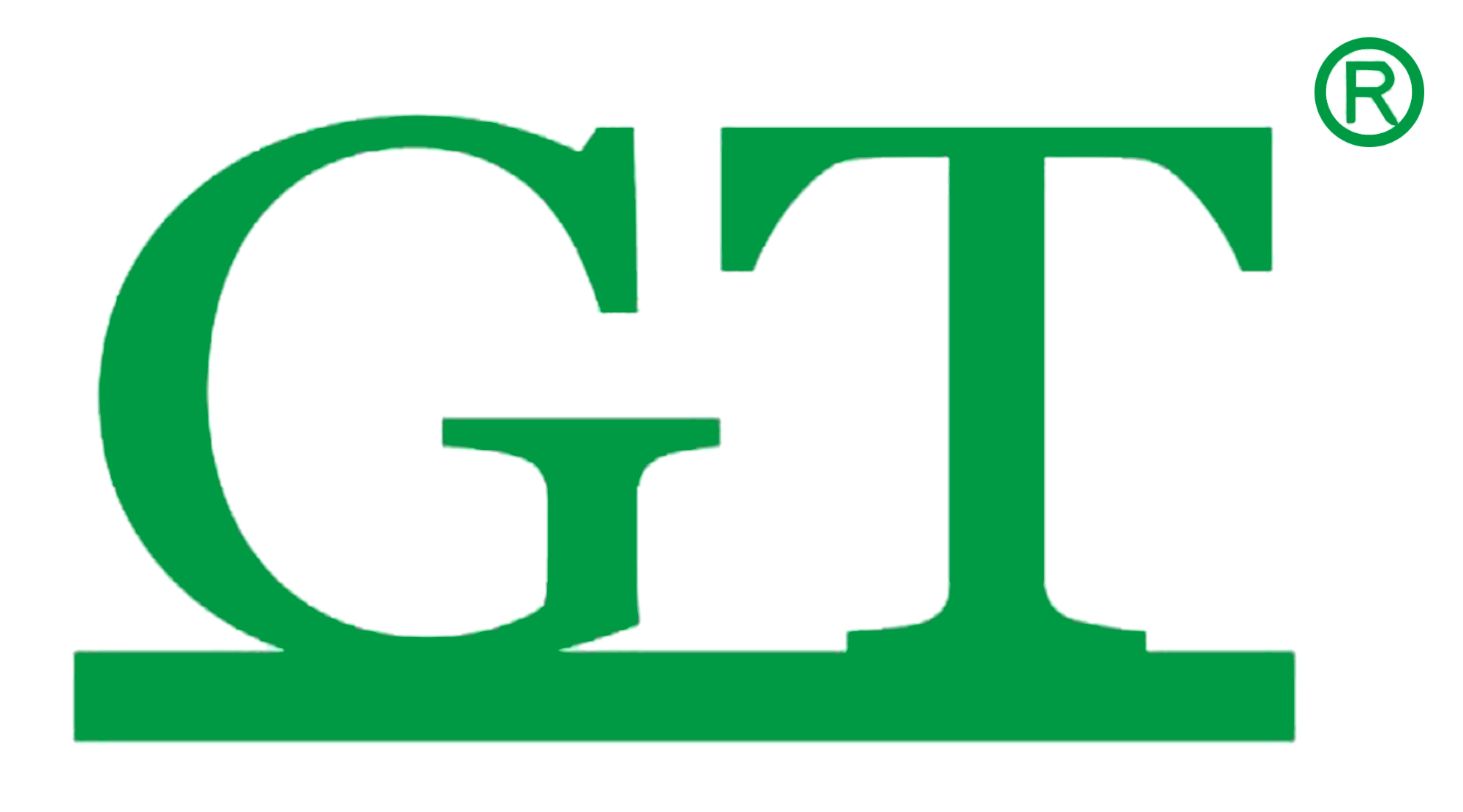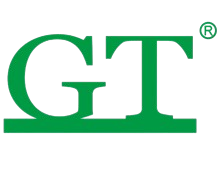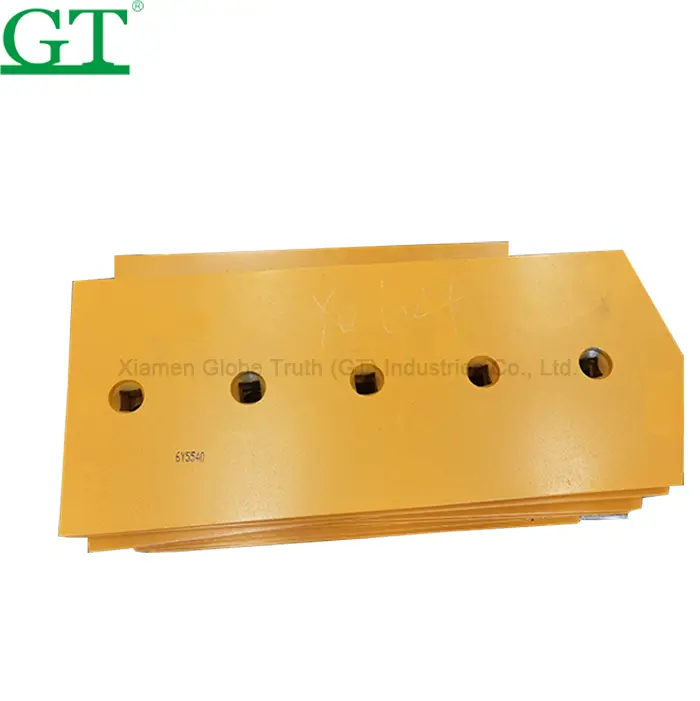Fundamental Mechanics of Cutting Edges and Blade Edges
The fundamental mechanics of cutting edges and blade edges govern how earthmoving equipment interacts with challenging materials. Blade geometry determines penetration efficiency through three critical factors: rake angles, helix design, and edge preparation.
Blade Geometry's Impact on Material Penetration
Effective material penetration relies on precise blade geometry configurations:
- Radial rake angle (+5° to +10°) minimizes energy expenditure in cohesive soils
- Helix angle (30°-45°) balances chip evacuation and structural integrity
- Edge preparation (5-10 µm hone radius) increases fracture resistance by 22% in abrasive conditions
Finite Element Analysis (FEA) simulations reveal that widening the secondary rake face decreases cutting temperatures by 12°C/mm, reducing thermal stress.
Case Study: 23% Efficiency Gains in Quarry Operations
A granite quarry implementing geometry-optimized blades achieved:
- 19% faster cycle times in basalt excavation
- 37% reduction in premature edge replacements
- Annual fuel savings equivalent to 8,200 liters of diesel
By aligning helix angles with strata orientation and applying laser-hardened edge profiles, the operation reduced specific cutting energy from 2.1 kWh/m³ to 1.6 kWh/m³—validated through Finite Element Analysis (FEA) simulations.
Material Composition of Cutting Edges and Blade Edges
The durability and effectiveness of cutting edges hinge on their material composition, which determines wear patterns, energy efficiency, and operational costs.
High-Carbon Steel vs. Tungsten Carbide Performance
High-carbon steel remains prevalent in impact-intensive applications due to its 55–62 HRC hardness and structural flexibility. In contrast, tungsten carbide blades (85–90 HRC) demonstrate 3× greater wear resistance in abrasive conditions, though their brittleness increases fracture risks under lateral stresses.
Heat Treatment Processes for Wear Resistance
Controlled quenching and tempering cycles enhance high-carbon steel’s surface hardness by 15–20% while retaining core ductility. Cryogenic treatments at -196°C further refine grain structures, reducing micro-crack propagation by 32%.
Industry Paradox: Hardness vs. Shock Absorption
Blades exceeding 60 HRC typically suffer 30–40% lower impact resistance. Recent breakthroughs in layered composites—forged steel substrates with plasma-sprayed tungsten carbide coatings—achieve 68 HRC surface hardness while maintaining 280 J/cm² impact tolerance. Field trials in copper mining showed a 26% downtime reduction compared to monolithic designs.
Blade Edge Design Factors Affecting Earthmoving Efficiency
Optimal Blade Angle for Different Soil Types
Blade angle directly influences material displacement efficiency:
- 50–55° maximizes penetration in compacted clay
- 35–40° improves retention in loose gravel
Hydraulic control systems enable real-time adjustments, reducing dozer repositioning by 19% in stratified sites.
Width Configuration and Fuel Consumption
Wider blades (8–10 ft) excel in open-area grading, while narrower setups (6–7 ft) reduce engine load by 22% in rocky terrain. Strategic width selection minimizes overlapping passes, lowering fuel consumption by 12–18%.
Cutting Edges' Role in Operational Cost Reduction
Properly engineered cutting edges reduce operational costs by 18-32% through precise material interaction, directly influencing fuel efficiency, maintenance intervals, and downtime.
Lifecycle Extension Through Edge Rotation
Strategic edge rotation extends service life by 40%, reducing:
- Metal fatigue concentration by 57%
- Impact-induced fractures by 33%
- Replacement frequency by 2.8x
Optimal intervals vary—120 operating hours for granite vs. 300 hours for clay-rich soils.
Innovations in Cutting Edge and Blade Technology
Laser-Clad Edges for Extreme Conditions
Laser-clad edges create a 0.8–1.2 mm wear-resistant layer, outperforming traditional welded edges by 40–60% in abrasive environments. A 2023 mining sector trial showed a 32% reduction in replacement frequency.
Smart Blade Sensors for Wear Monitoring
Embedded IoT sensors track real-time wear, enabling predictive maintenance with 89% accuracy. Operators report 17–23% reductions in unplanned downtime.
Optimization Strategies for Blade Edge Performance
Preventive Maintenance Scheduling Framework
Scheduled maintenance protocols reduce blade-related downtime by 38%, yielding $5,200 monthly savings by extending service life and preventing failures.
Hybrid Material Combinations Strategy
Combining high-carbon steel with tungsten carbide improves wear resistance while maintaining shock absorption, reducing fracture rates by 67% in high-impact applications.
FAQ Section
What factors influence the efficiency of blade penetration in materials?
Efficiency is influenced by blade geometry configurations such as radial rake angle, helix angle, and edge preparation. These factors minimize energy expenditure, balance chip evacuation, and increase fracture resistance.
How do high-carbon steel and tungsten carbide blades differ in performance?
High-carbon steel blades are flexible and have impact resistance, making them suitable for impact-intensive applications. Tungsten carbide blades offer greater wear resistance but are more brittle, increasing fracture risk under lateral stress.
What is the benefit of strategic edge rotation?
Strategic edge rotation extends blade service life by reducing metal fatigue concentration, impact-induced fractures, and replacement frequency, enhancing overall performance.
Table of Contents
- Fundamental Mechanics of Cutting Edges and Blade Edges
- Material Composition of Cutting Edges and Blade Edges
- Blade Edge Design Factors Affecting Earthmoving Efficiency
- Cutting Edges' Role in Operational Cost Reduction
- Innovations in Cutting Edge and Blade Technology
- Optimization Strategies for Blade Edge Performance
- FAQ Section




